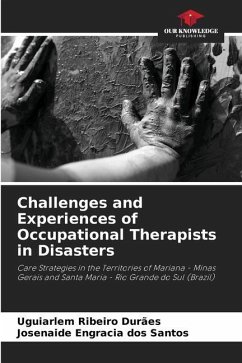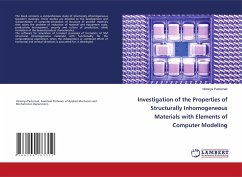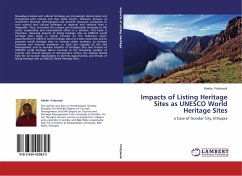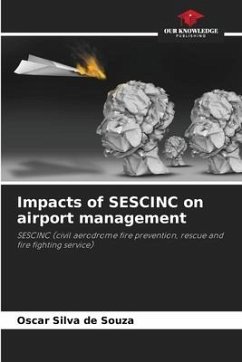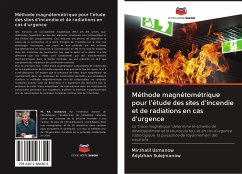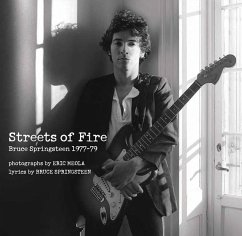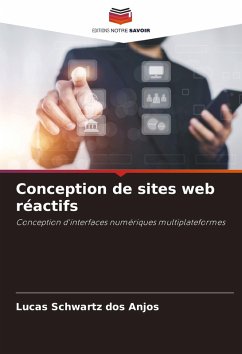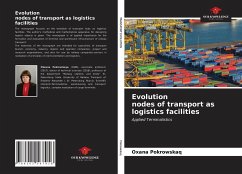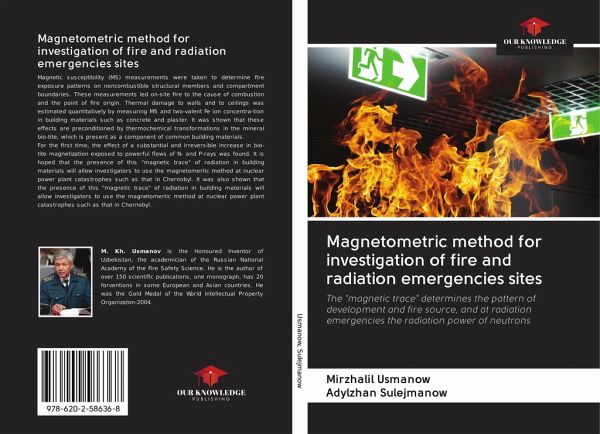
Magnetometric method for investigation of fire and radiation emergencies sites
The "magnetic trace" determines the pattern of development and fire source, and at radiation emergencies the radiation power of neutrons
Versandkostenfrei!
Versandfertig in 1-2 Wochen
28,99 €
inkl. MwSt.

PAYBACK Punkte
14 °P sammeln!
Magnetic susceptibility (MS) measurements were taken to determine fire exposure patterns on noncombustible structural members and compartment boundaries. These measurements led on-site fire to the cause of combustion and the point of fire origin. Thermal damage to walls and to ceilings was estimated quantitatively by measuring MS and two-valent Fe ion concentra-tion in building materials such as concrete and plaster. It was shown that these effects are preconditioned by thermochemical transformations in the mineral bio-tite, which is present as a component of common building materials.For the ...
Magnetic susceptibility (MS) measurements were taken to determine fire exposure patterns on noncombustible structural members and compartment boundaries. These measurements led on-site fire to the cause of combustion and the point of fire origin. Thermal damage to walls and to ceilings was estimated quantitatively by measuring MS and two-valent Fe ion concentra-tion in building materials such as concrete and plaster. It was shown that these effects are preconditioned by thermochemical transformations in the mineral bio-tite, which is present as a component of common building materials.For the first time, the effect of a substantial and irreversible increase in bio-tite magnetization exposed to powerful flows of N- and P-rays was found. It is hoped that the presence of this "magnetic trace" of radiation in building materials will allow investigators to use the magnetomertic method at nuclear power plant catastrophes such as that in Chernobyl. It was also shown that the presence of this "magnetic trace" of radiation in building materials will allow investigators to use the magnetomertic method at nuclear power plant catastrophes such as that in Chernobyl.



